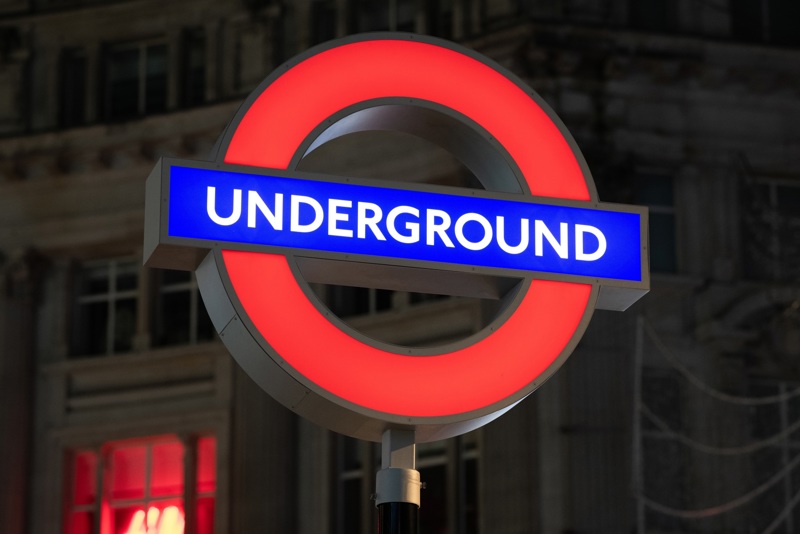
London Mayor Sir Sadiq Khan has conceded that many of London Underground’s 272 stations will never have step-free access.

London Mayor Sir Sadiq Khan has conceded that many of London Underground’s 272 stations will never have step-free access.
Transport for London (TfL) has completed a survey of the entire 249-mile system and established what can be achieved by the end of the decade.
The priority list of stations, which regularly changes, depends on the depth of the station, passenger volumes, and often whether private investment can be attracted.
TfL is not flush with money, having relied on large government bailouts during the COVID pandemic. The latest level of support, confirmed by Labour last October, is £485 million in two payments during 2025-26.
However, this will not even cover the current backlog of repairs and maintenance, let alone fund schemes such as new rolling stock for the Bakerloo Line.
Billions more would also be needed to remodel stations in order to provide step-free journeys from street to train.
Khan told a TfL Mayor’s Question Time session that system-wide, step-free access remains an ambition, but stated: “The target is for us to go from the current position of a third of our Underground stations being step-free to half by the end of this decade.”
He claimed some success for helping disabled passengers on much of London’s transport network - including providing easy access to all 41 stations on the Elizabeth line (there are lifts, only ten have ramps), the whole of the Docklands Light Railway and Tramlink in Croydon, and 95% of bus stops.
That did not impress Transport for All Chief Executive Caroline Stickland, who called for bolder action.
“Our capital city simply isn’t accessible for 1.2 million disabled residents... 15 years on from the Equality Act, we should all be able to travel freely, safely and with dignity,” she said.
The magnitude of the cost of some of the larger schemes that include step-free access has been demonstrated at Colindale on the Northern Line, where it has cost £30m and taken seven years to complete a comprehensive rebuild to serve 6,000 nearby homes. Elsewhere, work started last month on a two-year programme at Leyton on the Central Line, which will cost an estimated £43m.
Other schemes will be less costly, and third parties are collaborating to deliver step-free access at Knightsbridge and the Bakerloo Line entrance at Paddington.
Opportunities are also being considered are at Brondesbury, Hackney Downs, Peckham Rye, Seven Sisters, and Surrey Quays.
TfL has begun design work to provide step-free access to three more stations and is assessing seven more. The next to benefit could be Alperton and Arnos Grove on the Piccadilly Line, and Eastcote (a junction for the Metropolitan Line).
Construction work has started at Northolt station on the Central Line, and North Acton (Central) and West Hampstead (Jubilee) are also on the current early list.
Next in line could be Croxley (Metropolitan), East Finchley (Northern), Neasden (Jubilee), Northwood (Metropolitan), Turnham Green (District/Piccadilly), and Colliers Wood and Tooting Broadway (Northern).
Others that seem to have fallen off the radar are the previously shortlisted Burnt Oak (Northern), Finchley Road (Metropolitan/ Jubilee) and Rayners Lane (Uxbridge branch), and White City (Central).
TfL has also had to close Cutty Sark station on the DLR for six months, and find £4m to repair all the lifts and escalators which were installed when the high-level platforms were opened in December 1999.
Login to continue reading
Or register with RAIL to keep up-to-date with the latest news, insight and opinion.


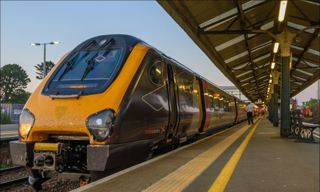
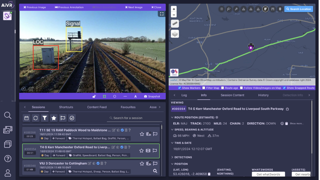
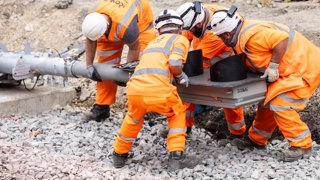
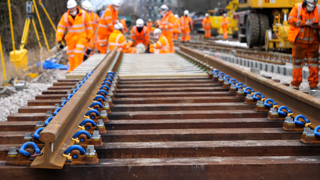










Login to comment
Comments
No comments have been made yet.